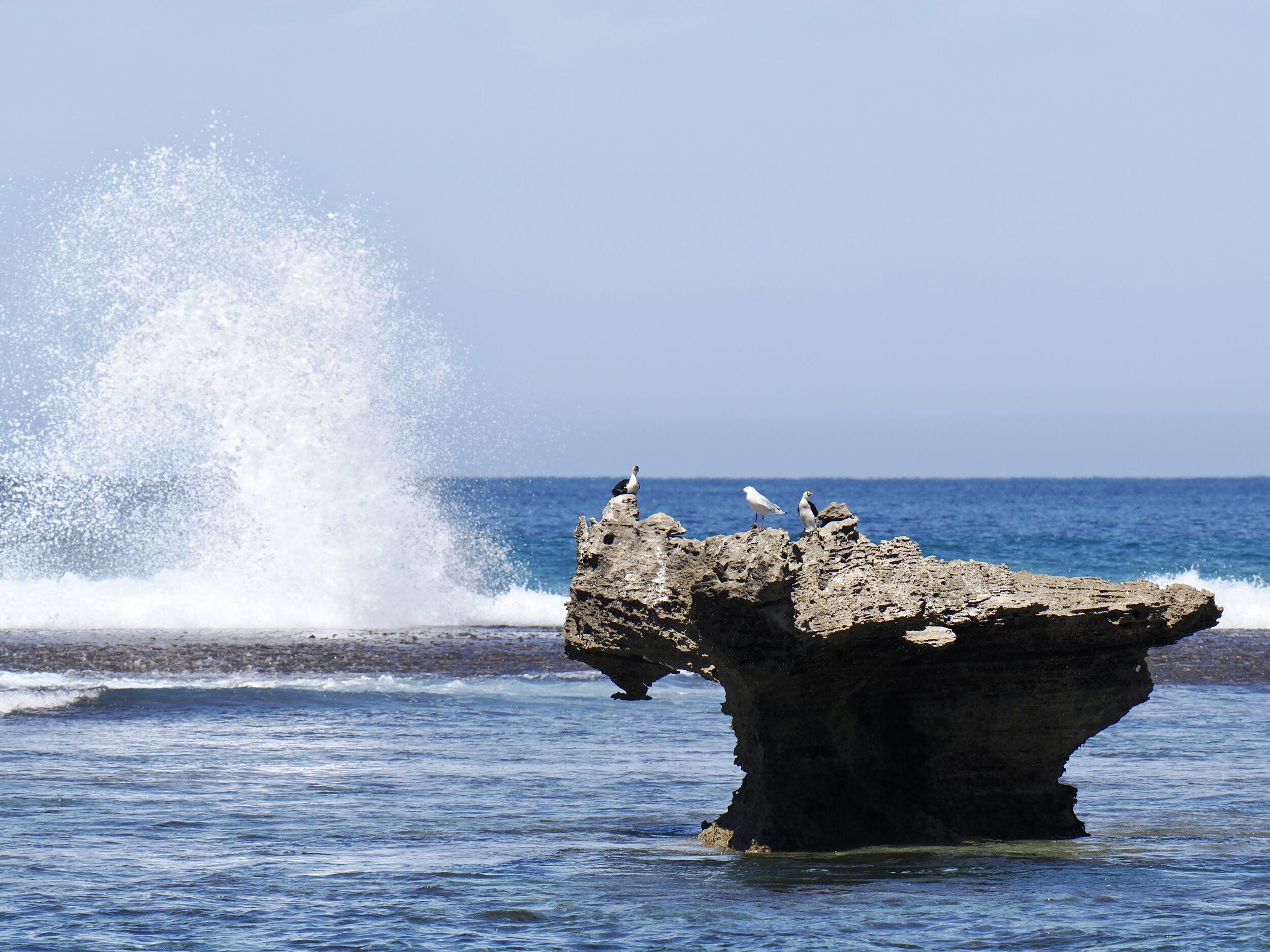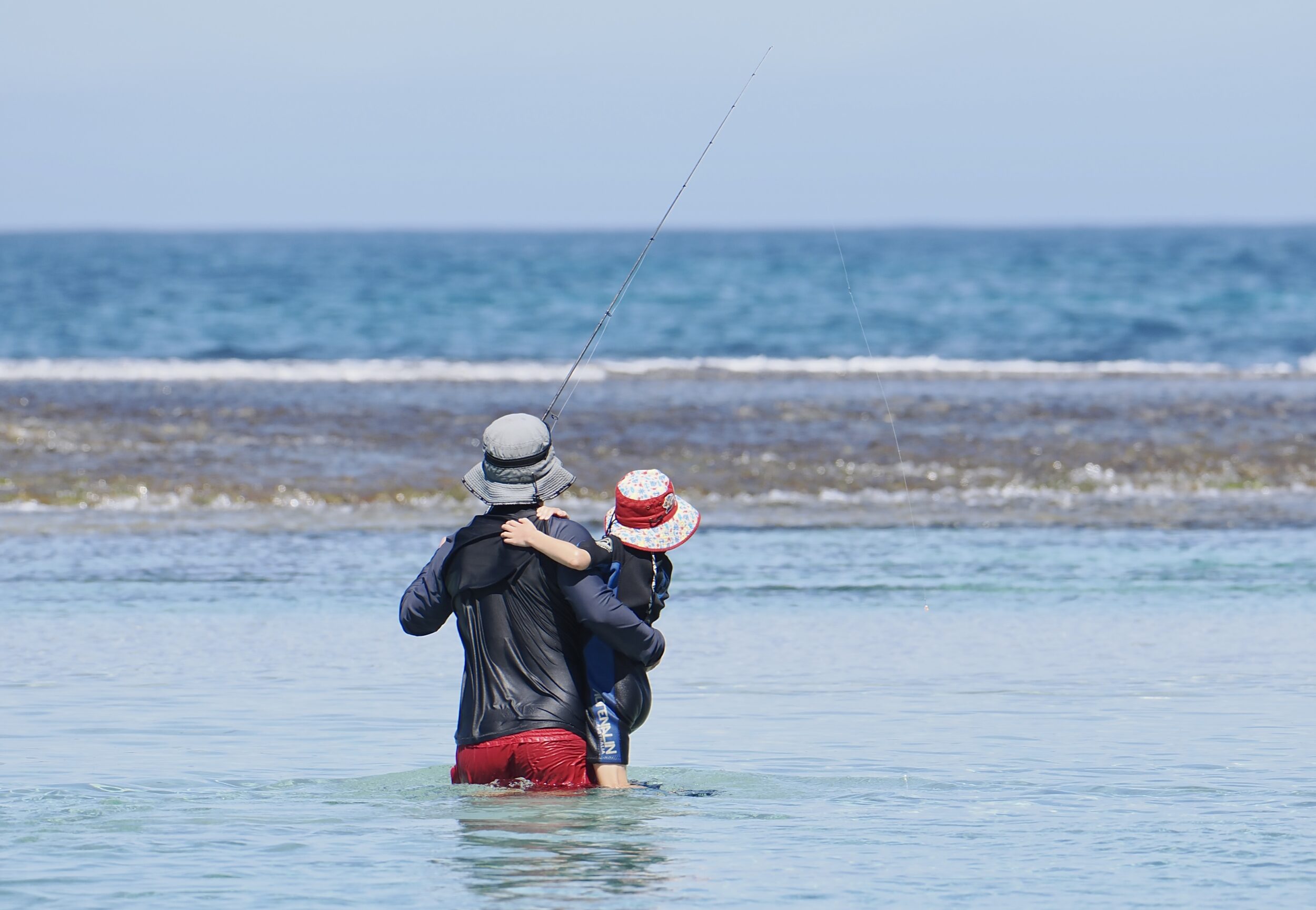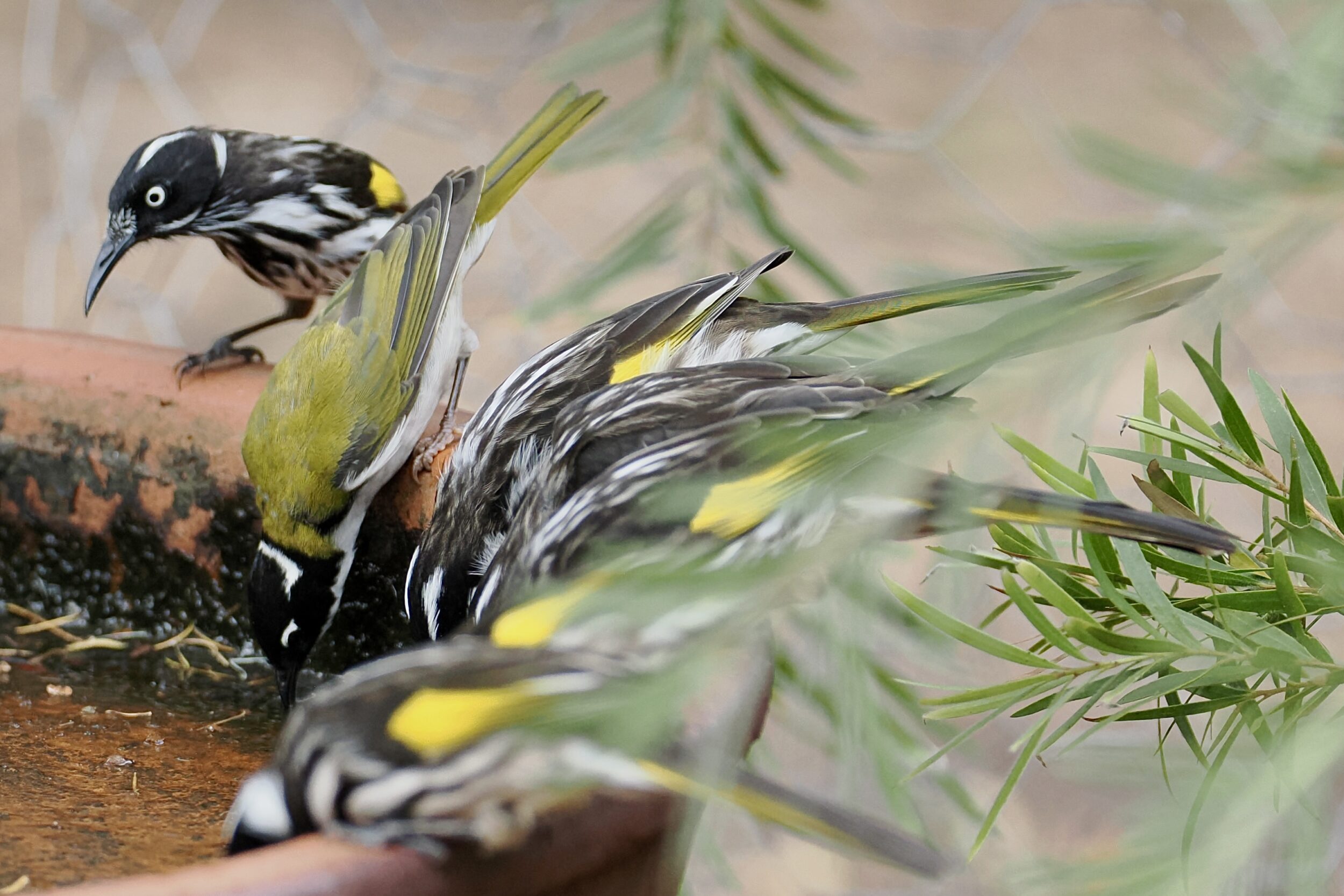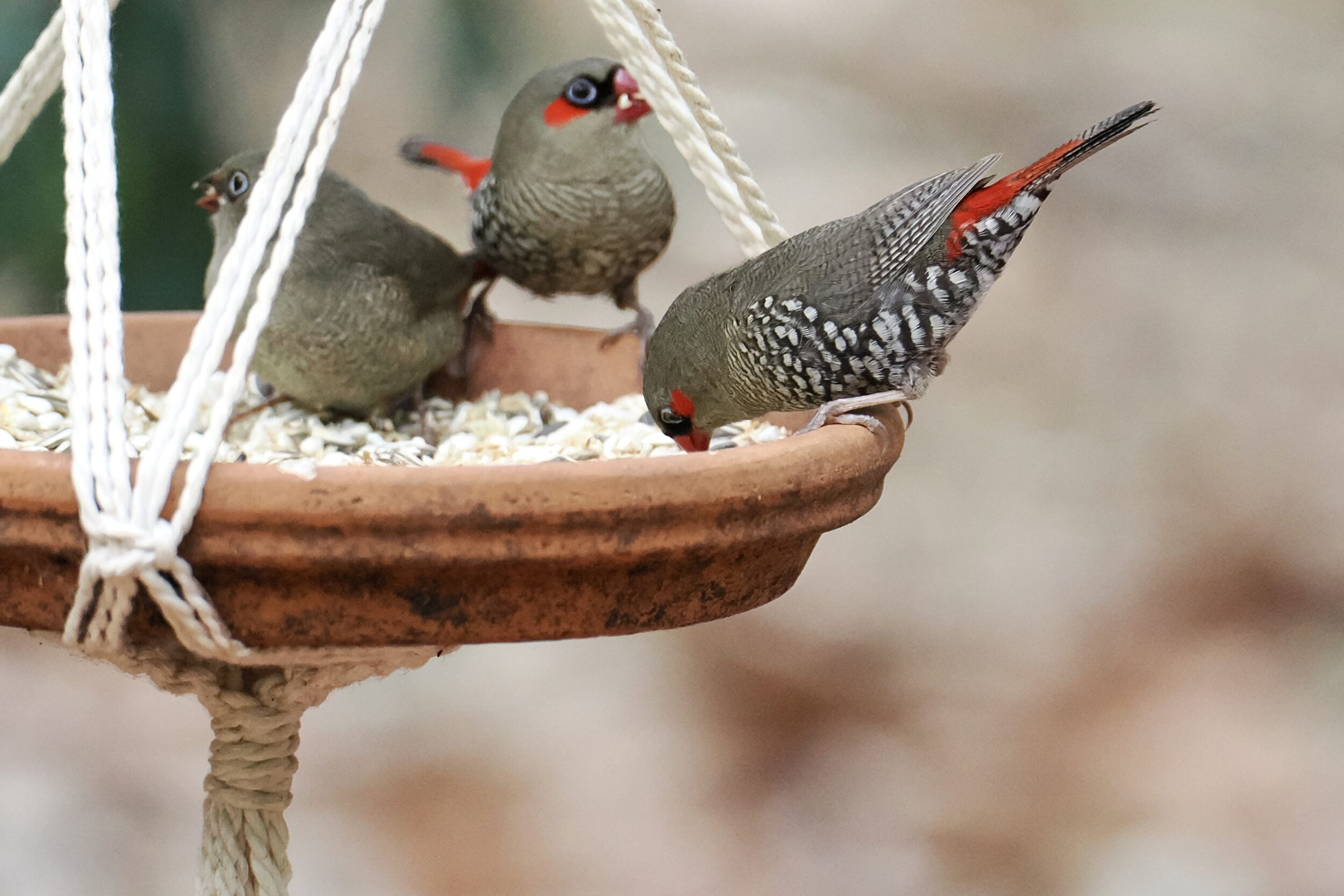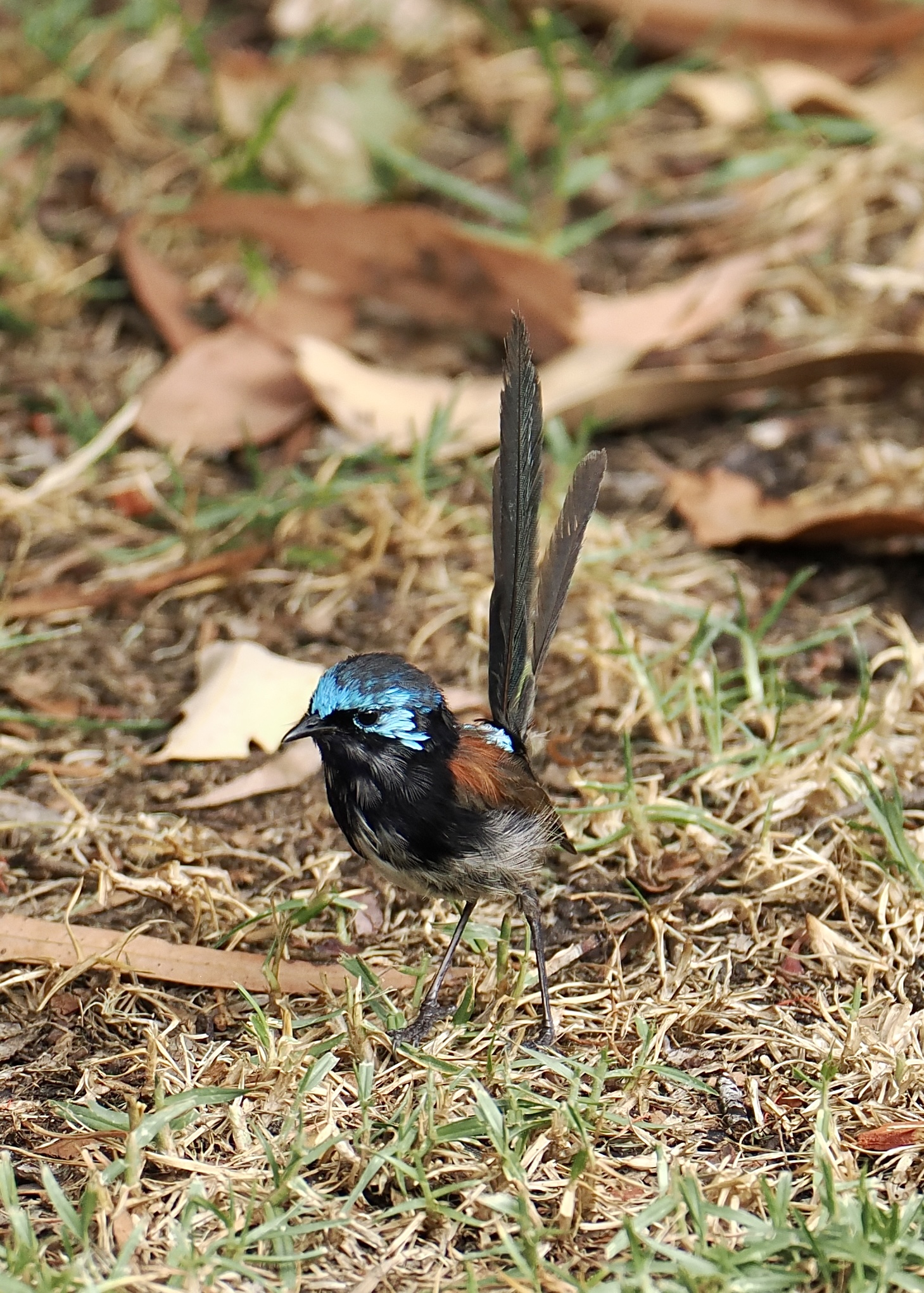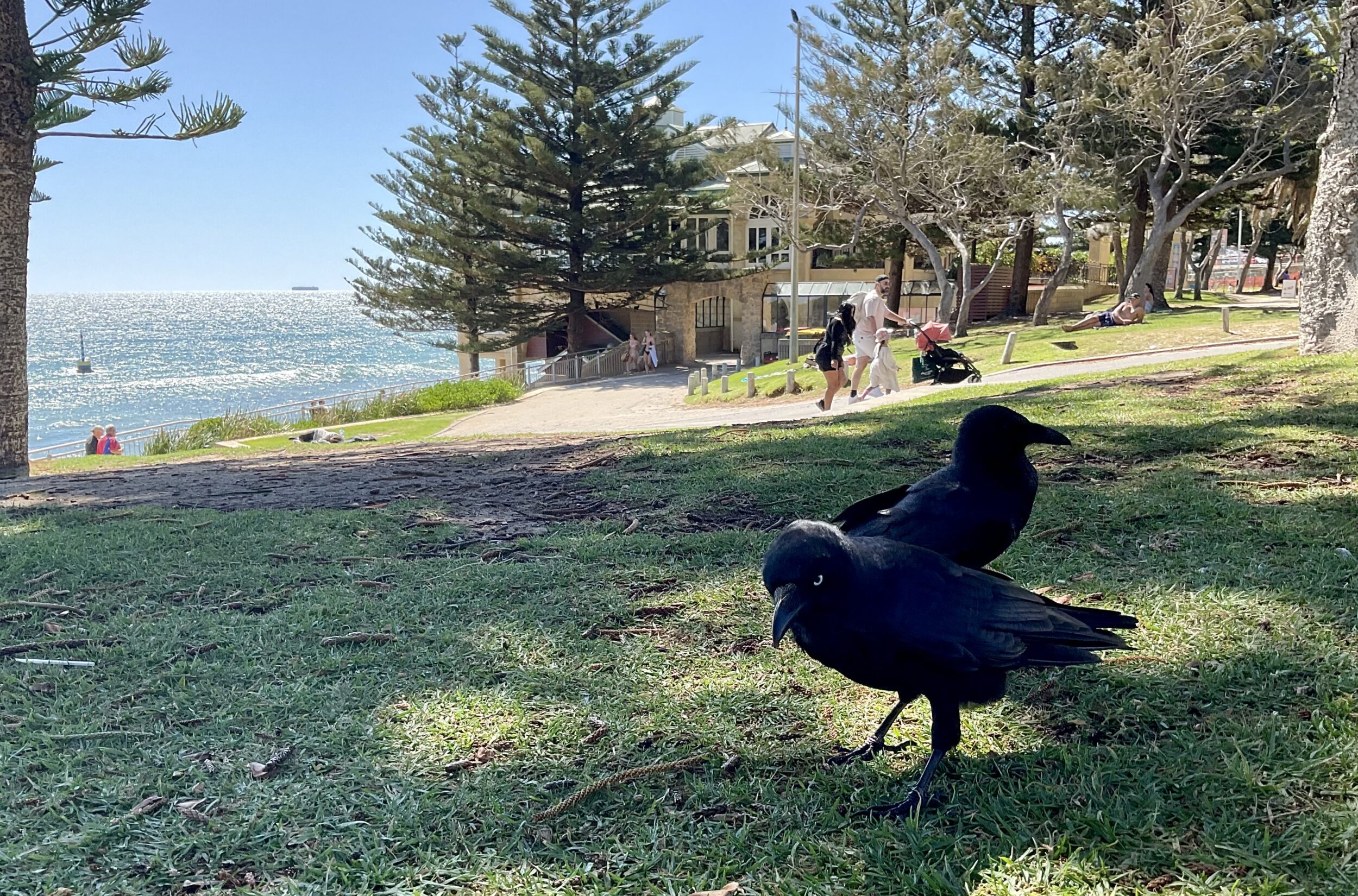On WA’s wonderfully wild south coast there are some calm days, and a few truly safe places to bathe or swim.
16 February 2025 was such a day, and the “secret beach” (just east of Anvil Beach) usually offers safe bathing in perfectly reef-sheltered waters.
As evident in the featured image, even on this exceptionally calm day, the ocean-facing side of the reef gave occasional hints of the ocean’s oomph.
Leave a Comment